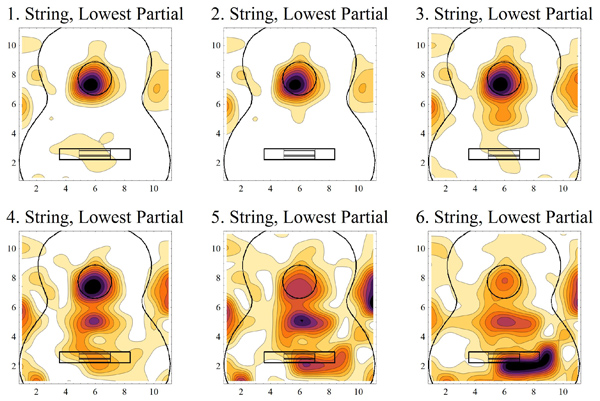On a different thread microstrip referred to "reproducing as much as possible the radiation pattern of the instrument" (emphasis added). I see interesting questions here!
What are the radiation patterns of different instruments? (In the hobby of amateur radio we see depicted frequently the radiation patterns of antennas.)
What is the radiation pattern of the human voice?
How do different speaker designs -- dynamic driver box speakers versus full-range ribbon speakers versus electrostatic speakers -- handle the recreation of the original radiation pattern of the instruments?
Would the answers to these questions suggest that some speaker designs are better suited to reproducing certain instruments than other speaker designs?
What are the radiation patterns of different instruments? (In the hobby of amateur radio we see depicted frequently the radiation patterns of antennas.)
What is the radiation pattern of the human voice?
How do different speaker designs -- dynamic driver box speakers versus full-range ribbon speakers versus electrostatic speakers -- handle the recreation of the original radiation pattern of the instruments?
Would the answers to these questions suggest that some speaker designs are better suited to reproducing certain instruments than other speaker designs?
Last edited:

















